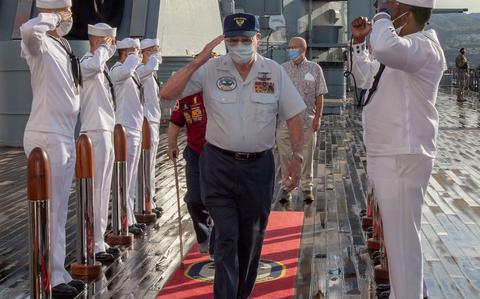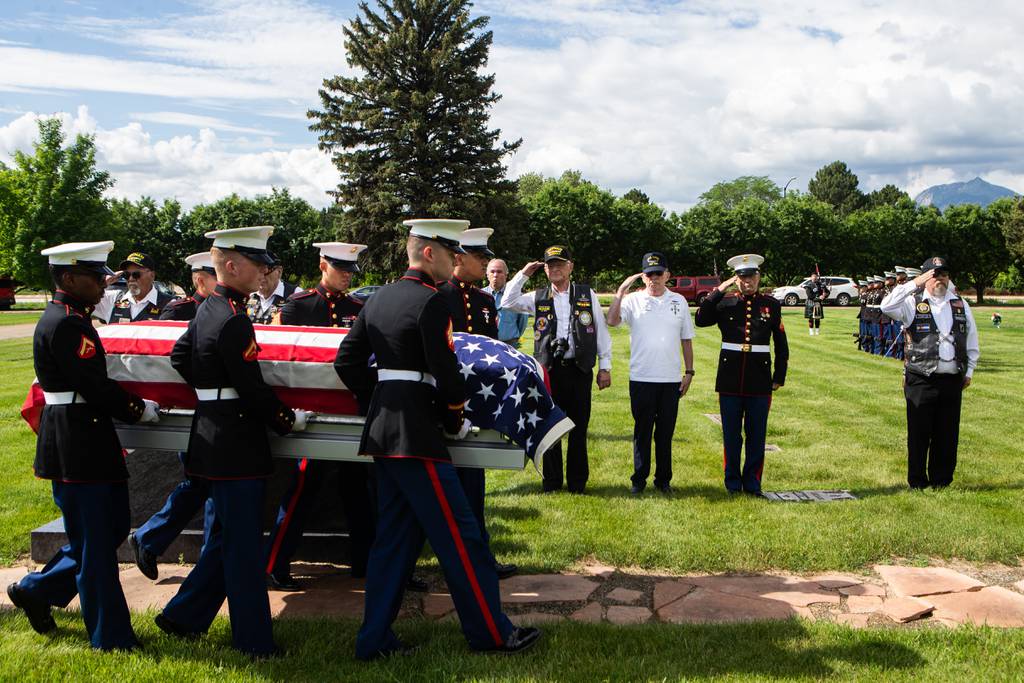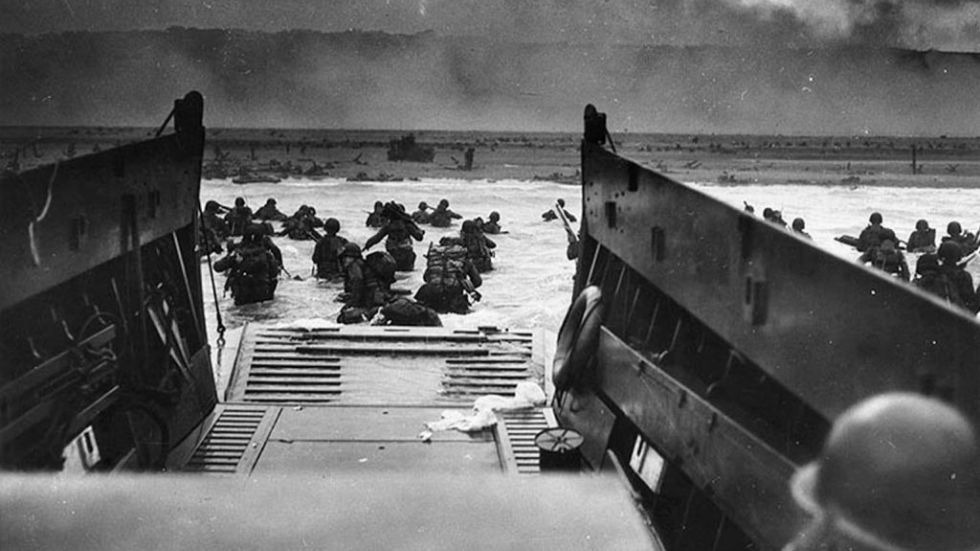BarnBuster
Virtually Unknown Member

Pilot Jack DeTour, who flew bombing missions in WWII, dies at 97
Jack DeTour piloted B-25 Mitchell bombers in the Southwest Pacific during World War II, helping perfect the technique of attacking at 300 to 350 mph at very low altitude with multiple .50-caliber machine guns blazing.

77 years later, a WW2 Marine is laid to rest
Sgt. Donald Stoddard was laid to rest in his hometown of Boulder, Colorado.















